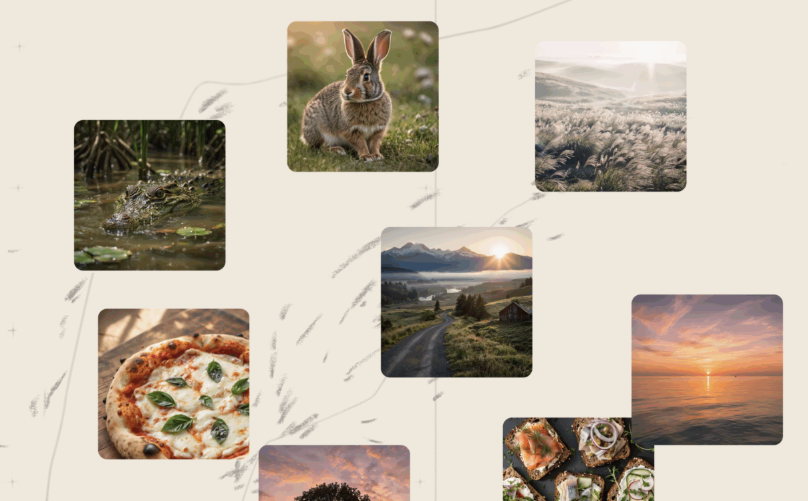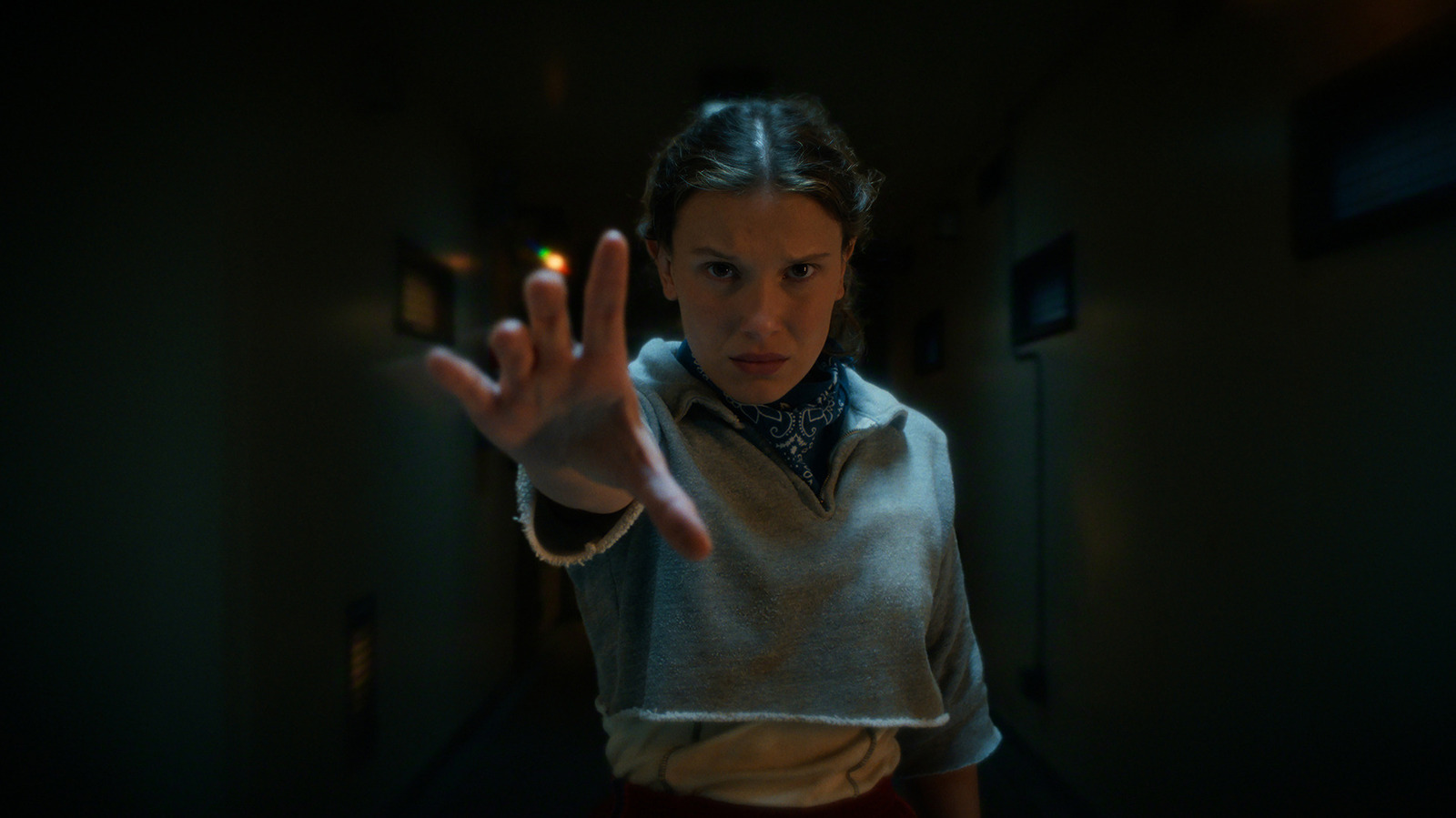Microsoft Corp. has just announced its third internally-produced artificial intelligence model as it strives to reduce its reliance on industry powerhouse OpenAI.
The new model is called MAI-Image-1, and as the name suggests, it’s the company’s first text-to-image generator. It was designed and developed inhouse by the Microsoft AI team, and is the first from the company that’s exclusively focused on image generation.
“MAI-Image-1 marks the next step on our journey and paves the way for more immersive, creative and dynamic experiences inside our products,” Microsoft AI said in a blog post announcing the new model.
MAI-Image-1 is said to be especially good for creating highly photorealistic images, having been created in collaboration with “creative professionals”. The Microsoft AI team explained that one of its goals was to avoid the “repetitive or generically-stylized outputs” that have become more or less characteristic of AI image generators. From the example images Microsoft has provided, it seems that the effort has paid off, for it’s capable of generating much more natural lighting and realistic-looking landscapes compared to other models.
The team also stressed that MAI-Image-1 is able to process prompts and generate its images much faster than other, often larger models, which sounds like another major advantage. That said, none of this can be confirmed, for it seems that it’s only available for select testers at the moment. However, the model has already secured a spot in LMArena’s top ten text-to-image rankings, which is where humans compare the image outputs of various AI systems and vote on which they like best.
More importantly, the release underscores Microsoft’s determination to establish its own credentials as a top-tier AI model maker, accelerating its break from OpenAI, which it previously relied on. Microsoft was one of the earliest financial backers of OpenAI, and it remains one of its biggest investors overall, but the two companies’ aims have diverged somewhat over the last couple of years. As such, Microsoft no longer has exclusive early access to OpenAI’s GPT models, and it no longer uses them alone to power some of its AI features. For instance, some of Microsoft 365’s AI capabilities are now powered by models from Anthropic PBC.

Meanwhile, Microsoft has made significant investments in creating its own AI models. In August, the company announced its first two in-house models, MAI-Voice-1 and MAI-1-preview. At the time, Microsoft AI division leader Mustafa Suleyman said the company has established an “enormous five-year roadmap”, so it’s likely that there will be many more model releases in future.
Ultimately, MAI-Image-1 seems destined to power the image creation features on Microsoft Copilot and the Bing Image Creator, where it’s set to become available “very soon,” the company said.
Support our mission to keep content open and free by engaging with theCUBE community. Join theCUBE’s Alumni Trust Network, where technology leaders connect, share intelligence and create opportunities.
- 15M+ viewers of theCUBE videos, powering conversations across AI, cloud, cybersecurity and more
- 11.4k+ theCUBE alumni — Connect with more than 11,400 tech and business leaders shaping the future through a unique trusted-based network.
About News Media
Founded by tech visionaries John Furrier and Dave Vellante, News Media has built a dynamic ecosystem of industry-leading digital media brands that reach 15+ million elite tech professionals. Our new proprietary theCUBE AI Video Cloud is breaking ground in audience interaction, leveraging theCUBEai.com neural network to help technology companies make data-driven decisions and stay at the forefront of industry conversations.








